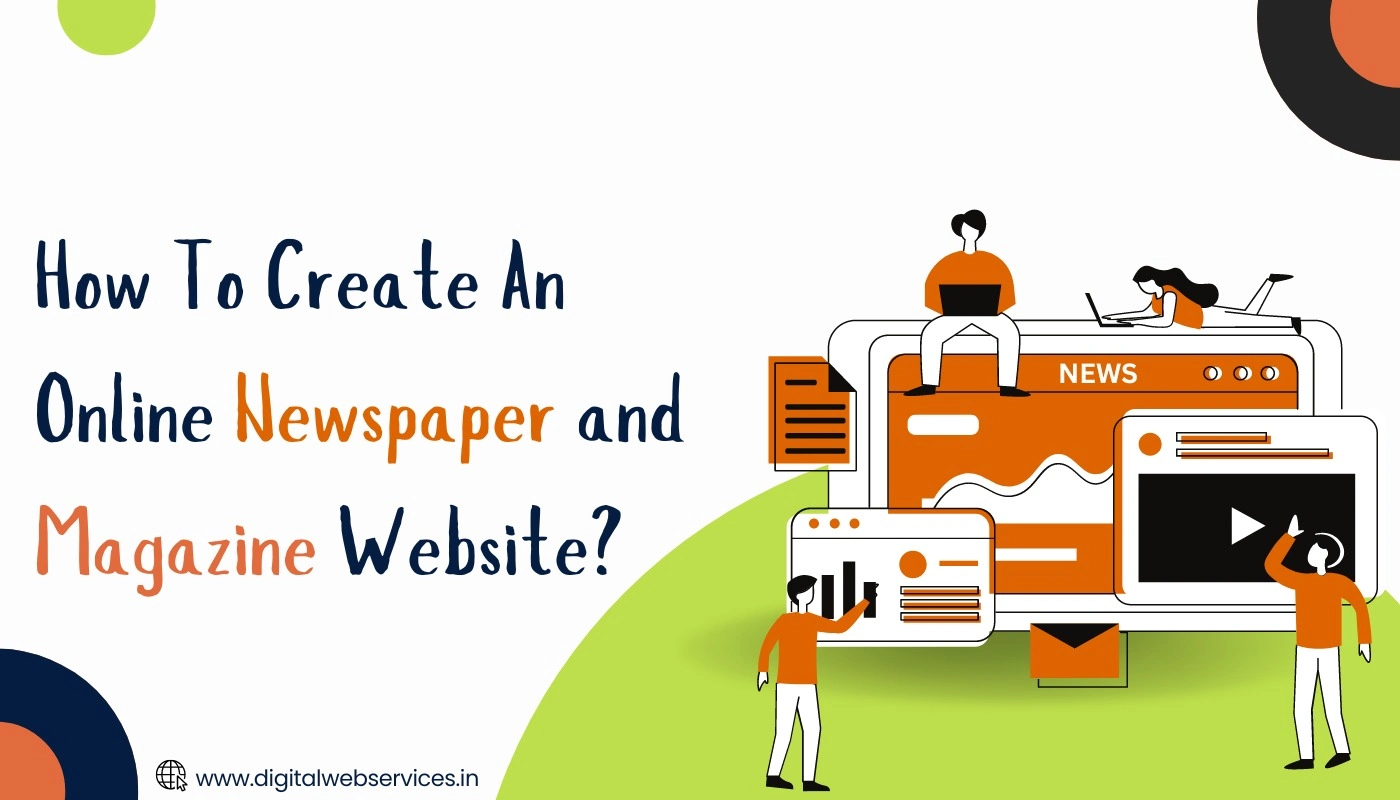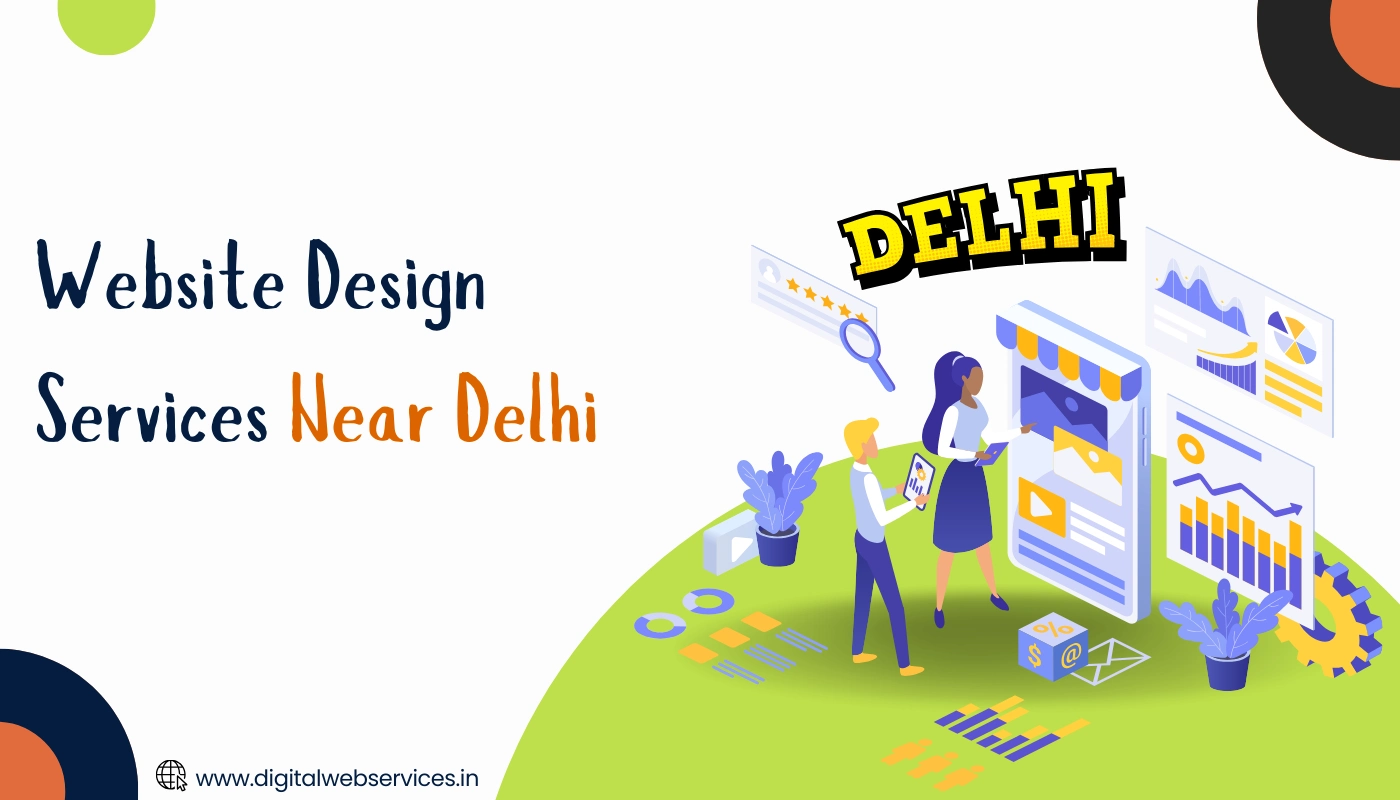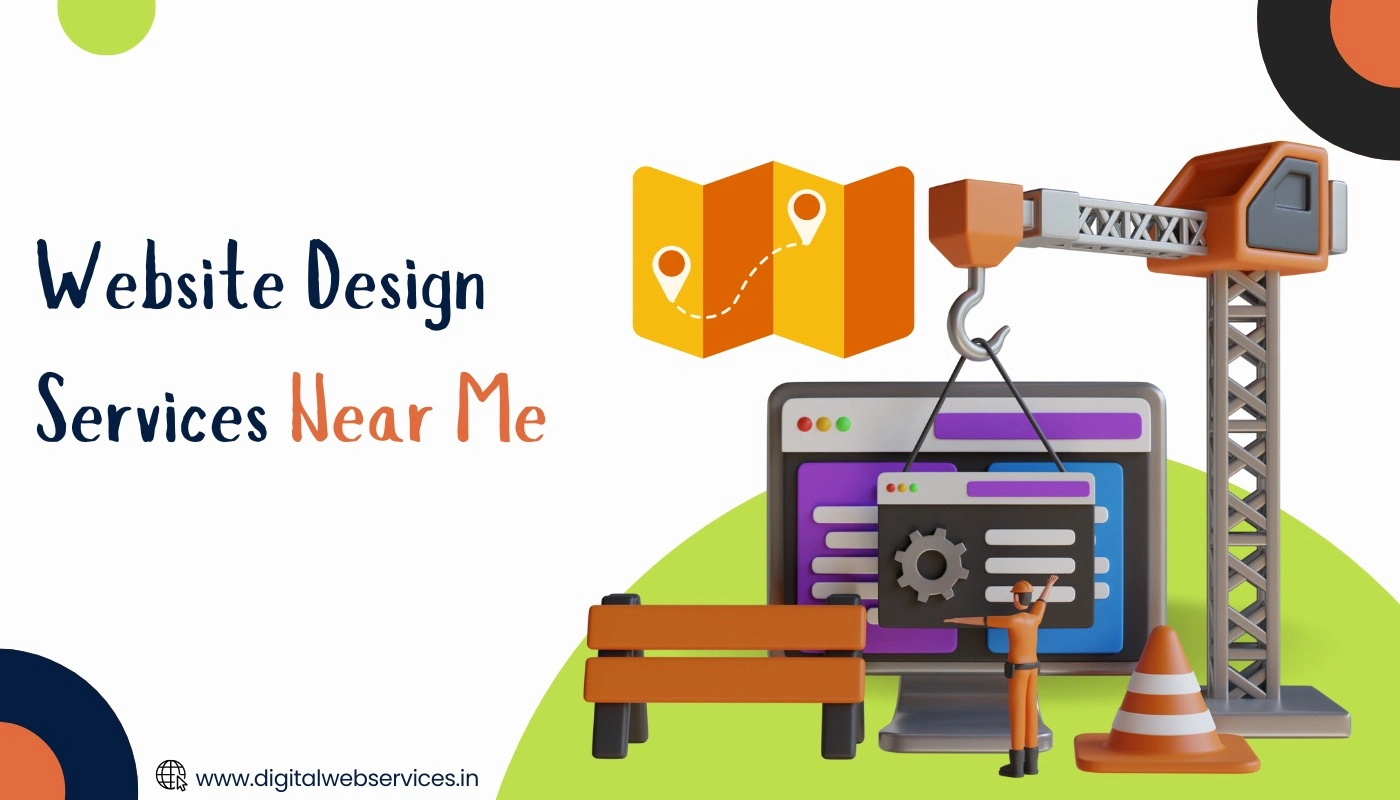Choosing The Right Platform For Your Newspaper Site
Choosing the right platform for your online newspaper is a critical decision that can significantly impact your publication’s success. Your platform needs to accommodate your specific needs, whether it’s delivering breaking news quickly, managing a large volume of content, or providing multimedia features. Popular content management systems (CMS) like WordPress and Joomla are often favored due to their flexibility and extensive range of plugins that can enhance functionality.
WordPress, for example, offers themes tailored specifically for news websites, making it easier to create a professional look with minimal effort.
However, the complexity of your requirements may demand more robust solutions. Platforms like Drupal offer advanced customization options but come with a steeper learning curve. For those who prefer an all-in-one solution with hosting included, services like Squarespace and Wix provide user-friendly interfaces but might lack the scalability needed for larger publications.
Moreover, consider the importance of mobile compatibility; with an increasing number of readers accessing news via smartphones and tablets, ensuring your platform supports responsive design is crucial. Security features are another essential aspect; platforms should provide regular updates and robust security measures to protect sensitive data.
Ultimately, choosing the right platform involves balancing ease of use with scalability and customization options to meet current needs and future growth. Here Digital web services offers the best newspaper website designing services at an affordable cost with great offers where you can get free domain and web hosting services.
Designing An Engaging And User-Friendly Layout
Designing an engaging and user-friendly website layout for your online newspaper or magazine website is pivotal to retaining readers and ensuring they have a seamless experience. The layout should be intuitive, guiding users effortlessly through the content while keeping them engaged. Start by choosing a clean, responsive design that adapts to various devices, from desktops to smartphones, ensuring accessibility for all readers.
Employ a clear and consistent navigation menu that allows users to easily find sections such as news, sports, opinion pieces, and other categories. Prioritize readability by selecting legible fonts and maintaining ample white space to prevent the page from appearing cluttered. High-quality images and multimedia elements can enrich the reader’s experience but should be optimized for fast loading times.
Incorporate interactive features like comment sections, social media sharing buttons, and newsletter sign-ups to foster community engagement. Highlight breaking news or featured articles using eye-catching visuals or sliders without overwhelming the reader with too much information at once.
Ultimately, A/B testing various design elements can provide insights into what resonates most with your audience. By continuously refining your layout based on user feedback and analytics data, you can create an inviting digital space that keeps readers coming back for more.
Setting Up Essential Features And Plugins
Setting up essential features and plugins is crucial to the functionality and user experience of your online newspaper website. Begin by ensuring that your site has a robust content management system (CMS) in place. WordPress is a popular choice due to its flexibility and extensive plugin ecosystem. Once your CMS is set up, focus on installing a responsive theme tailored for news websites; this ensures that your content is easily accessible on all devices.
Next, implement features that facilitate smooth navigation and enhance readability. Categories, tags, and search functionalities are essential for helping readers find articles quickly. Incorporate social sharing buttons to allow users to easily share content across various platforms, increasing your reach.
Plugins can significantly extend the capabilities of your website. SEO plugins like Yoast SEO help optimize articles for search engines, driving organic traffic to your site. Security plugins such as Wordfence protect against potential threats, while performance-enhancing plugins like WP Super Cache improve loading times.
Additionally, consider integrating newsletter subscription forms to build an email list for direct communication with readers. Lastly, analytics tools like Google Analytics provide valuable insights into user behavior, enabling you to refine strategies for better engagement and growth.
Creating Compelling Content For Your Audience
Creating compelling content for your online newspaper website is crucial for attracting and retaining readers. The first step in this process is understanding your audience. Conduct thorough research to identify their interests, preferences, and pain points. This information will help you tailor your content to meet their needs effectively.
Engaging storytelling is at the heart of compelling content. Use a conversational tone that resonates with your audience, making complex topics accessible and interesting. Incorporate multimedia elements such as images, videos, and infographics to break up text and provide a richer reading experience.
Originality is key; avoid simply republishing news from other sources without adding unique insights or perspectives. Offer exclusive stories or in-depth analyses that readers can’t find elsewhere. Regularly update your site with fresh content to keep readers coming back.
Additionally, consider featuring guest writers or industry experts who can bring diverse viewpoints and expertise to your platform. Encourage reader interaction through comments sections or social media channels to foster a sense of community.
Finally, pay attention to SEO best practices to ensure your articles are easily discoverable via search engines. By focusing on quality, relevance, and engagement, you’ll create content that not only informs but also captivates your audience.
Implementing Seo Strategies To Increase Visibility
Implementing effective SEO strategies is crucial for increasing the visibility of your online magazine website. Search Engine Optimization (SEO) involves a series of techniques designed to improve your site’s ranking on search engine results pages (SERPs). A higher ranking means more organic traffic, which translates to a broader readership and greater influence. Start by conducting thorough keyword research to identify terms and phrases that potential readers might use when searching for news topics related to your content.
Integrate these keywords naturally into your articles, headlines, and meta descriptions. However, avoid keyword stuffing as it can lead to penalties from search engines. Another critical aspect is optimizing your website’s on-page elements. Ensure that each article has a compelling title tag, an engaging meta description, and relevant header tags (H1, H2, etc.). High-quality images with appropriate alt text can also enhance the user experience while improving SEO.
Technical SEO should not be overlooked either. A fast-loading site with mobile optimization is essential since search engines prioritize sites that offer seamless user experiences across all devices. Additionally, creating an XML sitemap helps search engines crawl and index your site more efficiently. Lastly, focus on building high-quality backlinks from reputable sources. These inbound links act as endorsements for your content’s credibility and can significantly boost your site’s authority in the eyes of search engines.
Monetizing Your Online Newspaper
Monetizing your online newspaper is crucial for sustaining its operations and ensuring its growth. One of the primary methods is through advertising. Partnering with businesses to display ads on your site can generate a steady revenue stream. Utilize programmatic advertising platforms like Google AdSense, which automatically places relevant ads on your website, earning you income based on clicks or impressions.
Subscription models are another effective monetization strategy. Offer premium content that can only be accessed by subscribers who pay a monthly or yearly fee. This could include exclusive articles, in-depth reports, or early access to breaking news. By providing high-quality, unique content, you create value that readers are willing to pay for.
Sponsored content and native advertising also present viable options. Collaborate with brands to create articles or multimedia content that align with their marketing goals while maintaining editorial integrity. This method not only generates revenue but also enhances reader engagement if executed thoughtfully.
Additionally, consider hosting paid events or webinars related to your news topics, offering readers an interactive way to engage with the content and community you’ve built around your newspaper.
Diversifying these revenue streams will help build a robust financial foundation for your online newspaper while keeping it reader-centric and engaging.
Promoting And Growing Your Online Presence
Promoting and growing your online presence is paramount to the success of your online newspaper. Start by leveraging social media platforms to share your articles, engage with readers, and participate in relevant discussions. Social media not only drives traffic but also builds a community around your content. Regularly update your profiles with compelling headlines, images, and snippets that intrigue potential readers.
Search engine optimization (SEO) is another crucial element. Optimize your articles for keywords that your target audience is likely to search for. Ensure that your website’s structure is SEO-friendly by using proper meta tags, alt text for images, and an intuitive URL hierarchy.
Email newsletters can be a powerful tool to retain loyal readers. Curate a weekly or monthly digest of top stories and exclusive content to keep subscribers engaged and coming back for more.
Collaborations with influencers or guest writers can also expand your reach significantly. These partnerships can introduce new audiences to your publication.
Lastly, consider implementing analytics tools like Google Analytics to monitor traffic patterns, reader engagement, and popular content areas. This data will allow you to refine strategies continually and ensure you’re meeting the needs of your audience effectively.





